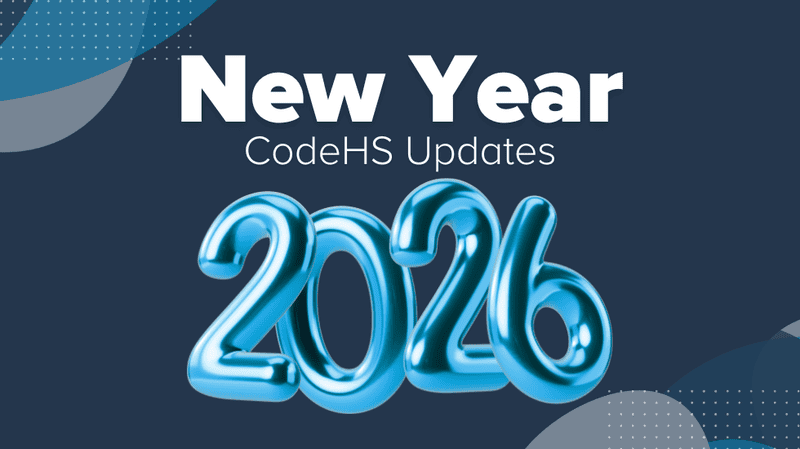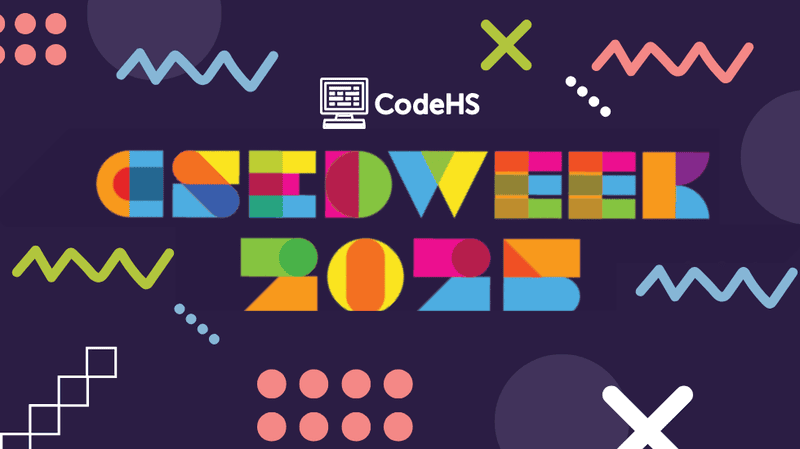Checking In and Supporting Students in a Virtual Classroom
Q&A with Jeff Wojcik, a Math & Computer Science Teacher and CodeHS Certified Educator

Meet Jeff Wojcik, a math and computer science educator at Port Washington High School in Wisconsin, and a CodeHS Certified Educator. Jeff tells us about his experience in Spring 2020 transitioning to a virtual classroom, the challenges he faced with students keeping interest, and his frequent check-ins with students for continued support and success in a virtual environment.

Q: Tell us about your background and teaching experience.
A: I’ve been teaching math for 9 years but I also started teaching computer science 4 years ago. I wasn’t initially certified to teach computer science, but CodeHS made it very easy for me to jump into teaching multiple programming languages (Java, JavaScript, and Python). I even earned my Computer Science teaching certification last year from just becoming familiar with the material while teaching with CodeHS.
Q: How was your transition to virtual teaching last spring?
A: Luckily, CodeHS made it a breeze to transition to virtual teaching. My students already knew how to use the site from our time together in-class and they were able to easily watch the CodeHS lessons and complete the exercises without me having to create any additional material. I was also able to easily monitor how much time each student spent on assignments, how often they logged in each week, and make announcements to the whole class or just to individual students.
Q: What was your school’s setup for virtual teaching last spring?
A: Each department at my school was required to be available for student questions at a specific hour each day. Hours 1, 3, 5, and 7 posted lessons/assignments on Mondays and Wednesdays while hours 2, 4, 6, and 8 posted assignments on Tuesdays and Thursdays. Daily assignments were due by midnight on the day they were given. Fridays were reserved for make-up work or reassessments.
Q: How did your students adapt to the virtual classroom?
A: Most of my students adapted quite well, but some of them were unreachable for the entire duration of virtual learning. Those who checked-in each week and completed their daily assignments were successful. The biggest challenge was keeping student interest after the first month or so. A number of students wouldn’t do any work for two weeks, then complete everything they missed in a single day, then I wouldn’t hear from them again for the next few weeks. I’d say a little over two-thirds of my students continued to complete their work on a daily basis.
Q: What tips would you like to share with other teachers to lead a successful virtual classroom?
A: Many computer science classes are project-based with rolling assignments. During virtual learning, it’s very important that you give weekly progress markers as to where the students should be. It also helps to regularly follow-up with students on a weekly basis (whether or not they’ve been engaged that week) so that they know you’re still there for them and that what they’re learning is still important.
Q: Anything else you wish to share?
A: The scenarios that we’ve been faced with these past few months have shown how important and relevant the field of computer science truly is.
With schools and businesses moving into the virtual sector, we need even more computer scientists to lead the way in maintaining our society in this virtual age.
We couldn’t have asked for a better “advertisement” for computer science classes than the majority of our world turning to computers for all aspects of everyday life.
Have some virtual teaching tips you’d like to share on our blog?
Share them with us here. We’d love to hear from you!


